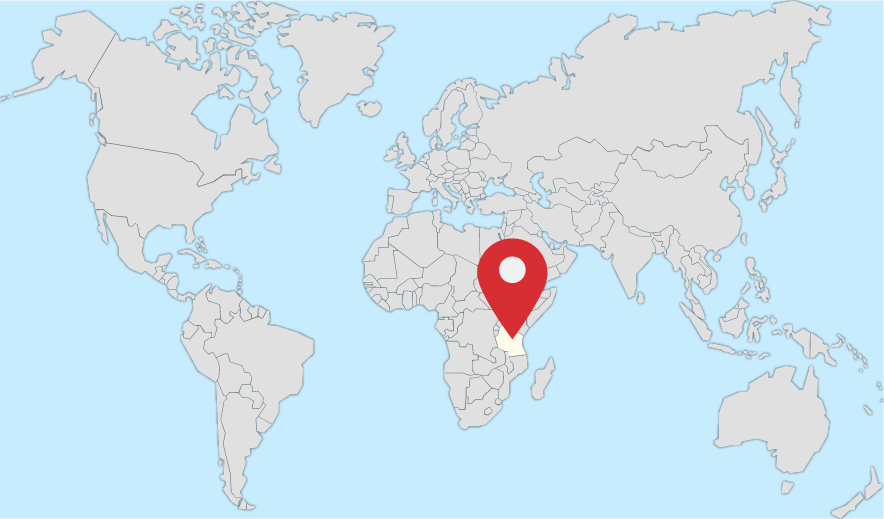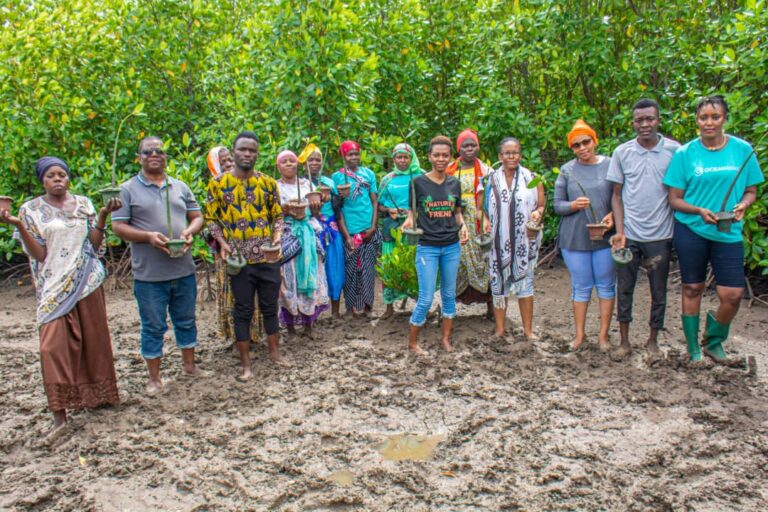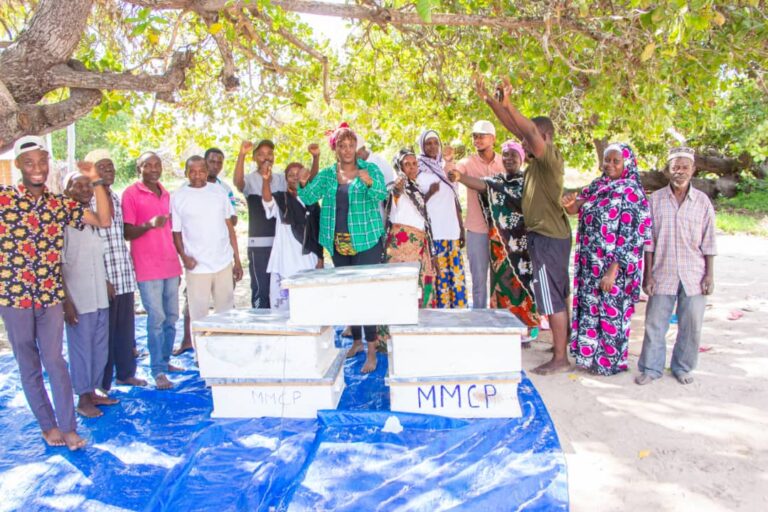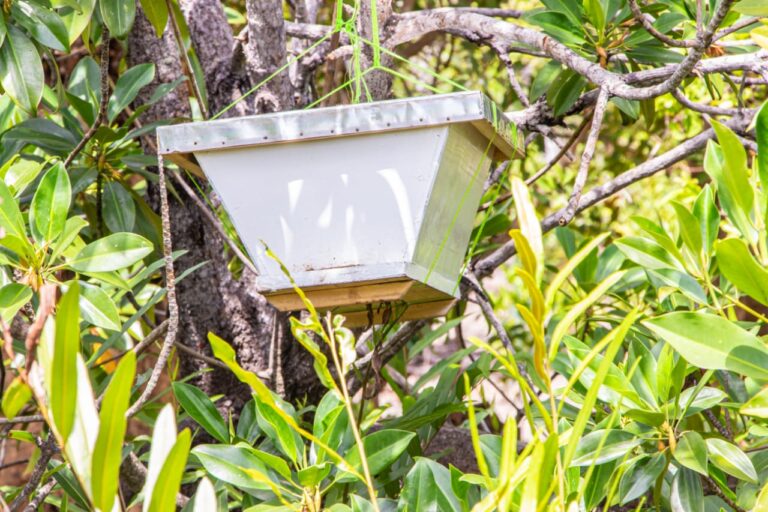
Sarah Pima
Executive Director of Human Dignity and Environmental Care Foundation

Mdimni, Tanzania
Mangroves are essential for the restoration of degraded ecosystems due to their ability to improve the quality of the environment by reducing soil erosion and increasing biodiversity. They are also important for carbon sequestration, which helps mitigate climate change. Mangroves provide a habitat for a wide range of species, including fish, crustaceans, and birds. These species depend on the mangrove ecosystem for their survival and contribute to the overall health of the ecosystem.
In Mdimni village, the rapid increase in population led to a surge in deforestation, particularly of the mangrove trees. These trees are attached to the coastal areas and form crucial breeding grounds for a variety of aquatic species including fish, shrimp, crabs, and shellfish. The cutting of mangroves not only impacted the ecosystem but also made the lives of the villagers extremely difficult as they relied on fishing activities for their livelihoods.
Several initiatives have already been done to restore the mangrove ecosystem in Mkuranga Mdimini village through different projects in collaboration with environmental organizations (HUDEFO, MMAZINGIRA PLUS, TCCI and ETE) and other stakeholders. The project involves planting and protecting mangrove seedlings, establishing sustainable farming practices, and promoting the conservation of the ecosystem through the installation of bee hives in the mangrove forest and livelihood improvement.
The restoration of the mangrove forest in Mdimuni Mkuranga has already shown positive results, with an increase in the number of fish and other aquatic species. The project has also provided employment opportunities for the local community, thus improving their livelihoods.



The restoration and conservation project in Mdimni village has been a great success, and the positive impact of the project can be seen on both the mangroves and the local community. By planting mangrove trees, providing beehives, and training the villagers, the project has not only helped to conserve the mangroves but also improve the lives of the local community as well as breeding space for aquatic organisms. The success of this project helps as an excellent example of the importance of mangrove conservation and the positive impact it can have on both the environment and the local community.